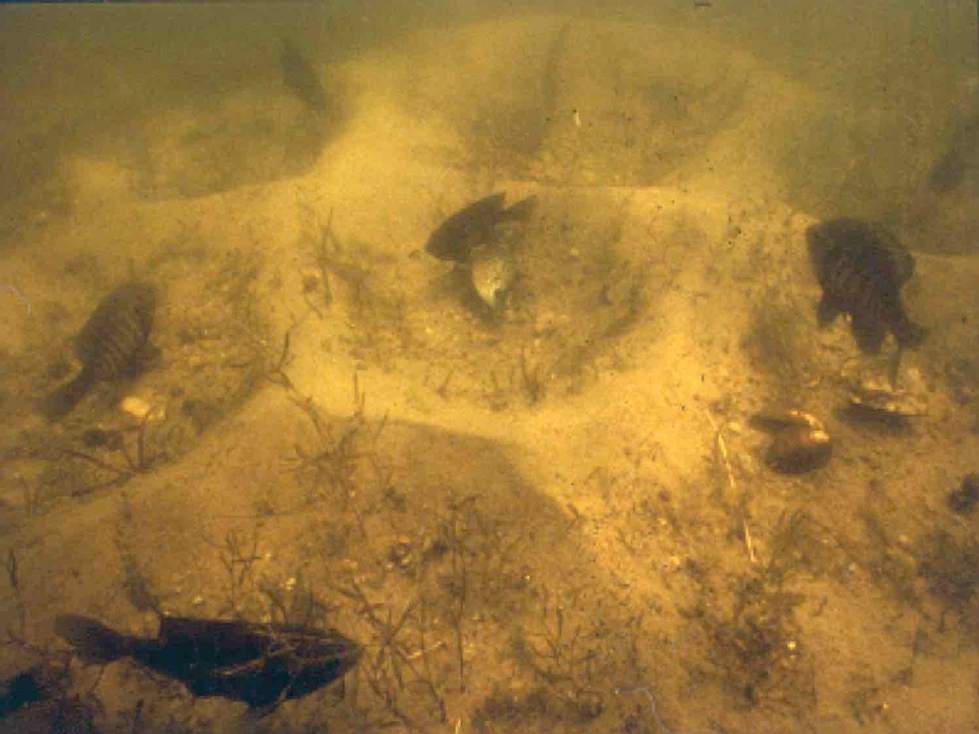Research
Current Projects
[1454096632].jpg)
Genetic structure of invasive baby’s breath (Gypsophila paniculata) populations along northwest Michigan sand dunes (Collaborators: Jim McNair, Kevin Strychar, The Nature Conservancy)
Baby’s breath is a highly invasive species that is found throughout the northwest Michigan sand dune system surrounding Lake Michigan. This species negatively impacts native threatened and endangered species by competing for space and resources, while also over-stabilizing the naturally shifting dunes. The goal of this project is to use genetic markers to examine levels of genetic diversity and population structure of baby’s breath throughout northwest Michigan, particularly focusing on populations within Sleeping Bear Dunes National Lakeshore. These data will be used to construct adaptive management plans that target populations with the highest potential of spreading to new areas and to inform future control measures.

Genetic factors influencing alternative reproductive strategies (Collaborators: Bryan Neff & Rosemary Knapp)
One focus of my research is addressing the genetic factors that influence different male life history strategies. Presently I use the bluegill sunfish (Lepomis macrochirus) to examine how differential gene expression influences male behaviors. Males of this species have two distinct life history strategies: 1) parental and 2) cuckoldry. Parental males are responsible for constructing nests, courting females, and providing care to young. Alternatively, “sneaker” males cuckold eggs by sneaking into nesting sites while parental males and females are spawning and release sperm. As they grow, the phenotype of sneaker males changes and they take on female-like traits and adopt female behaviors. These males continue to cuckold eggs during spawning, but this is achieved by mimicking females to gain access to parental nest sites. We are using RNA-seq and RAD-seq to explore and compare the genome of these males to examine the genetic factors influencing these different morph types. These data will be used as a starting point to identify potential candidate genes driving alternative male reproductive strategies in this species.
